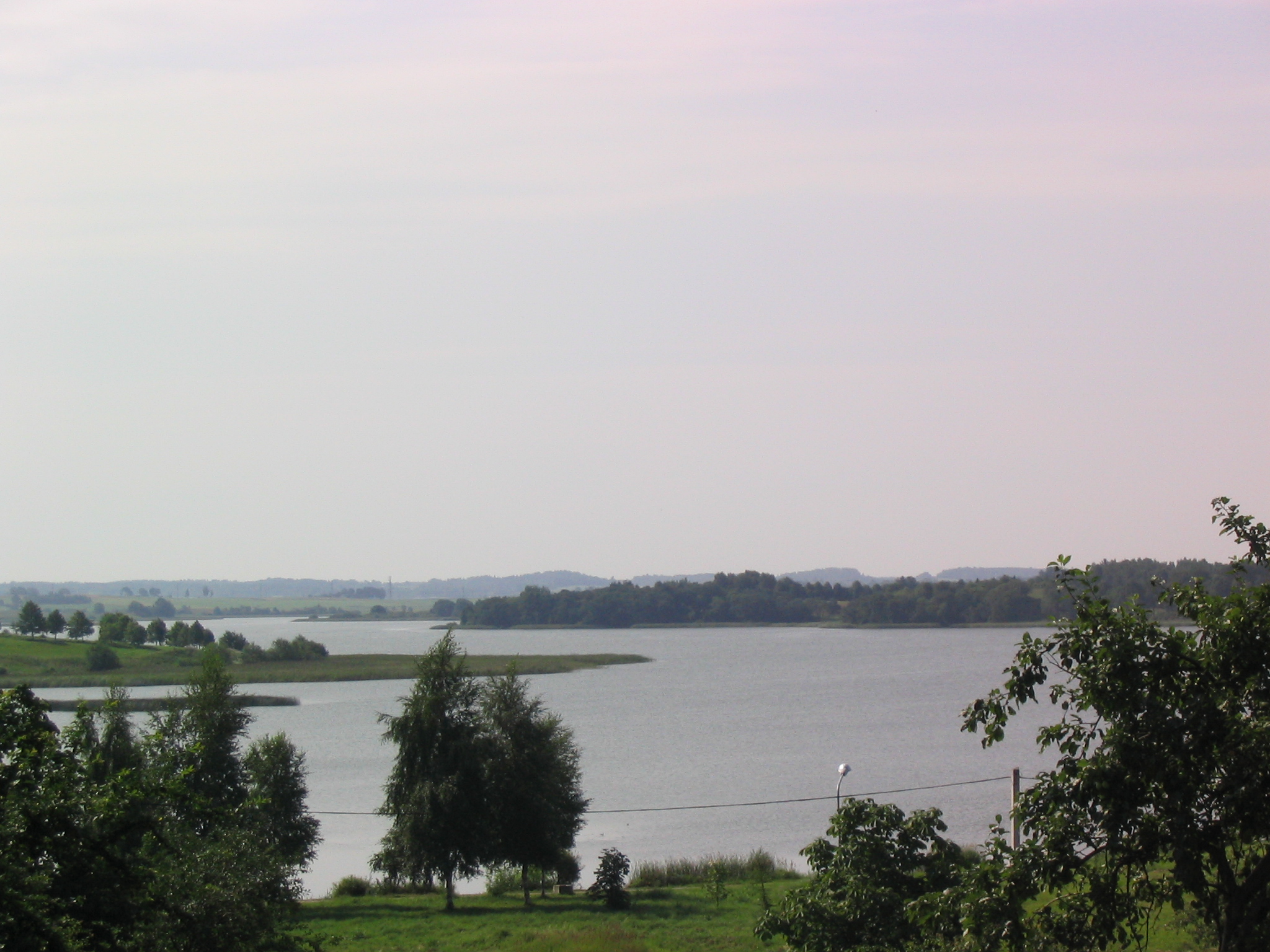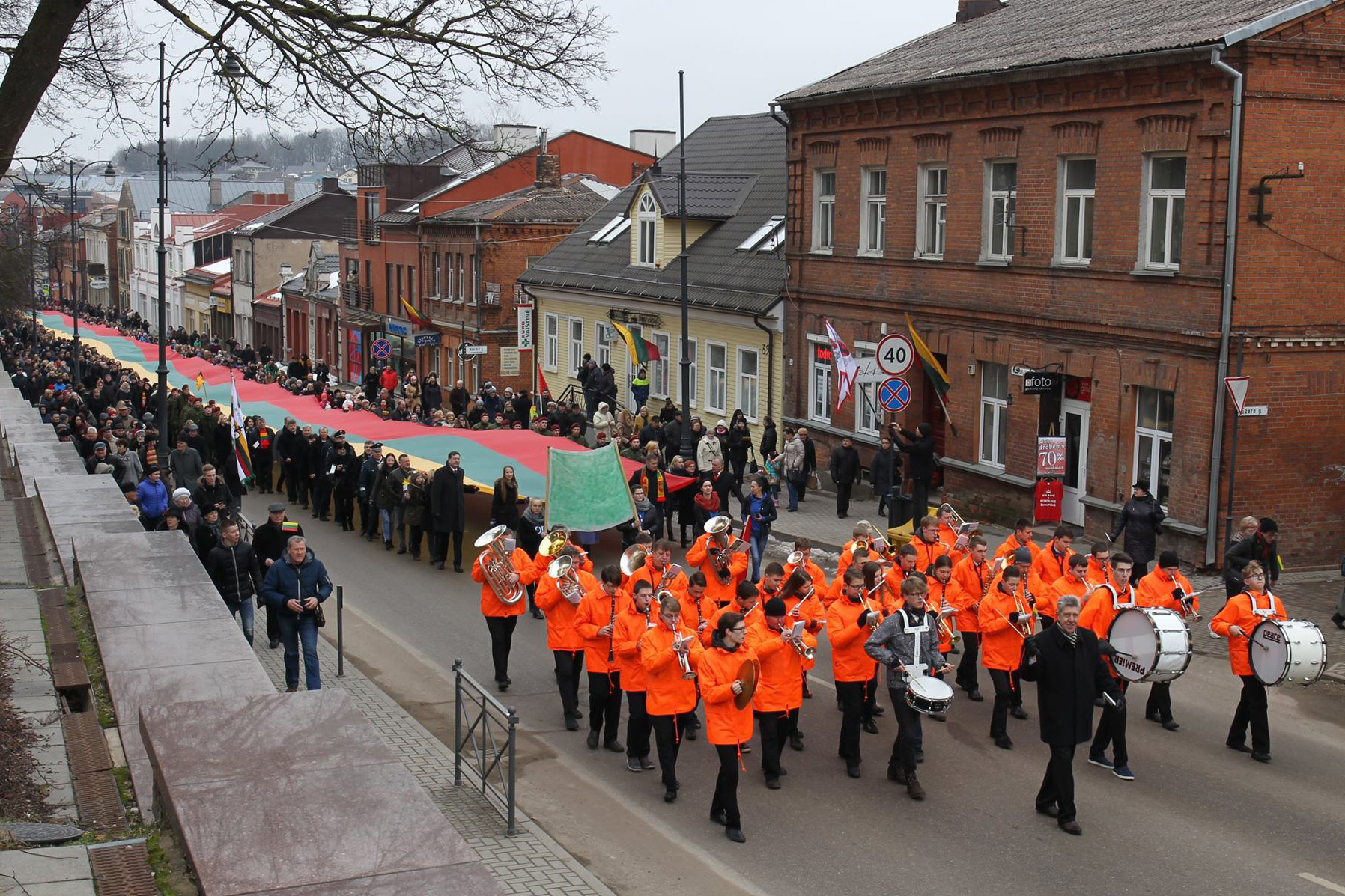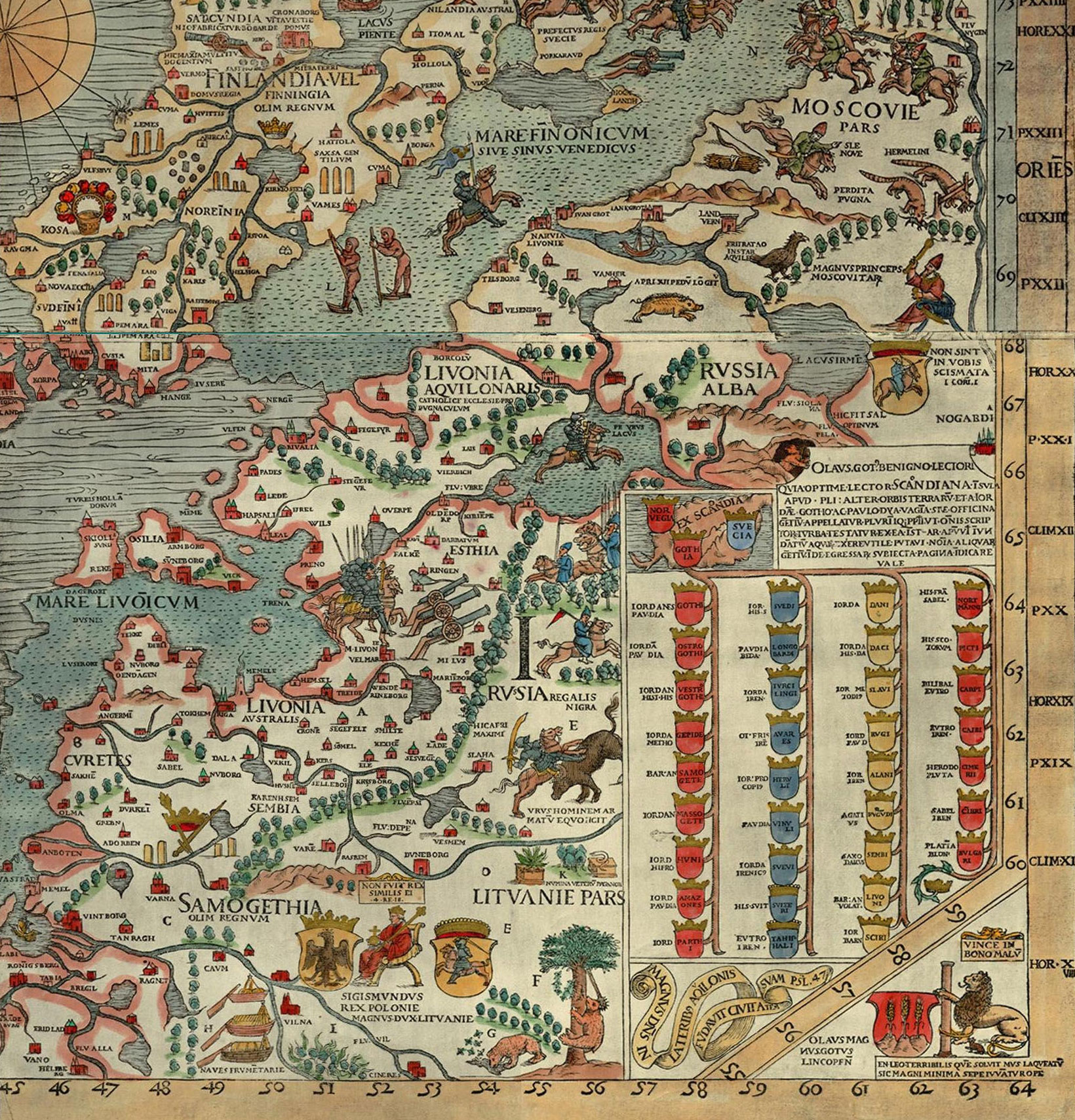|
The Holocaust In Telšiai
The Holocaust in Telšiai (Yiddish: Telz) was carried out by the local Lithuanian leadership with occasional supervision by Nazi German units. The Jewish population in 1939 was 2,800, some 35 percent of the town's population. Additional Jews found refuge in Telšiai following the 1939 German ultimatum to Lithuania. Telšiai was taken by German troops on 25 June 1941. Jews were terrorized by the Germans and their Lithuanian collaborators and on 15–16 July all Jewish men were shot. The women were moved to a camp in Geruliai, and with the exception of 500–600 young women, were all shot on 30 August 1941. The 500–600 young women were moved back to a ghetto in Telšiai, and with the exception of some escapees, were shot on 30–31 December 1941 Of the escapees, 64 Jewish women survived. Background In 1939, around 2,800 Jews lived in Telšiai (Yiddish: ''Telz''), 35 percent of the population. Following the 1939 German ultimatum to Lithuania some 7,000 Jews fled Klaipėda (Memel) ... [...More Info...] [...Related Items...] OR: [Wikipedia] [Google] [Baidu] |
Telšiai
Telšiai (; Samogitian language, Samogitian: ''Telšē'') is a city in Lithuania with about 21,499 inhabitants. It is the capital of Telšiai County and Samogitia region, and it is located on the shores of Lake Mastis. Telšiai is one of the oldest cities in Lithuania, probably dating earlier than the 14th century. Between the 15th and 20th centuries, Telšiai became a district capital. Until 1795, Telšiai County formed the Duchy of Samogitia within the Grand Duchy of Lithuania. Between 1795 and 1802 it was included in the Vilnius Governorate. In 1873, Telšiai was transferred to the Kovno Governorate. Names The name Telšiai is a variant of the same Lithuanian language root (''-telš-'', ''-tilž-'') as Tilžė or Talsi with the meaning connected to water. The name Telšiai or Telšē in Samogitian dialect of Lithuanian is derived from a verb ''telkšoti'' (literally, ''to be flooded with water'', ''to splash'', etc.). It is a cognate to the Greek thalassa - ''sea'', compare ... [...More Info...] [...Related Items...] OR: [Wikipedia] [Google] [Baidu] |
Plungė
Plungė (; Samogitian: ''Plongė''; ) is a city in Lithuania with 17,252 inhabitants. Plunge is the capital of the Plungė District Municipality which has 33,251 inhabitants (2022). Two parts of the city are separated by the Babrungas River and two bridges are built over it. Plungė is known for Plungė Manor and its park, where the Samogitian Art Museum is located. In the Oginskiai manor park stands the Perkūnas oak natural monument. The Lourdes grotto of Plungė was created in 1905 and attracts visitors. In the center of Plungė stands a monument for the 10th anniversary of regaining the independence of Lithuania and a sculpture of Saint Florian built by the Lithuanian book carrier Kazys Barzdys. The city has a crab stick factory which exports to many countries in Europe. History It is thought that the territory in which Plungė is situated was inhabited in 5th–1st centuries BC. After the Treaty of Melno, county seats were established in the forests of Samogitia. ... [...More Info...] [...Related Items...] OR: [Wikipedia] [Google] [Baidu] |
Plungė Massacre
The Plungė massacre (in Yiddish Plungyan – פלונגיאן) was a World War II massacre committed on 13 or 15 July 1941 in the town of Plungė, in Lithuania. Following the anti-Soviet June Uprising in Lithuania and the German invasion as part of Operation Barbarossa, Plungė was captured by German forces on 25 June 1941. Lithuanian nationalists, led by Jonas Noreika,„Die Mörder werden noch gebraucht“ ''Der Spiegel'', Von Leonid Olschwang, 23 April 1984 Chicago Tribune, Ron Grossman, 14 January 2019 formed a town administration and [...More Info...] [...Related Items...] OR: [Wikipedia] [Google] [Baidu] |
Šiauliai Ghetto
The Šiauliai or Shavli Ghetto was a Jewish ghetto established in July 1941 by Nazi Germany in the city of Šiauliai (, ''Shavl'') in Nazi-occupied Lithuania during the Holocaust. The ghetto comprised two areas – one in the Kaukazas suburb and one on Trakai Street. Both were liquidated by July 1944, and their inhabitants were killed or transferred to Nazi concentration camps. In 1939, one quarter of the population of Šiauliai was Jewish, about 8,000 persons. By the end of World War II, only about 500 Jews of the city had survived. Before the war Šiauliai was the second largest city in independent pre-war Lithuania, and its Jewish community, numbering 8,000 in 1939. The city had elected Rafal Riazanskis, a local Jewish businessman, as its deputy mayor. Jews were involved in the manufacture of leather products, and there was a Jewish-owned shoe factory. Jews were also involved in the iron and chemical industries, and many worked as clerks, laborers, and craftsmen. The Jewis ... [...More Info...] [...Related Items...] OR: [Wikipedia] [Google] [Baidu] |
Yellow Badge
The yellow badge, also known as the yellow patch, the Jewish badge, or the yellow star (, ), was an accessory that Jews were required to wear in certain non-Jewish societies throughout history. A Jew's ethno-religious identity, which would be denoted by the badge, would help to mark them as an outsider. Legislation that mandated Jewish subjects to wear such items has been documented in some Middle Eastern caliphates and in some European kingdoms during the medieval period and the early modern period. The most recent usage of yellow badges was during World War II, when Jews living in Nazi Germany and German-occupied Europe were ordered to wear a yellow Star of David to keep their Jewish identity disclosed to the public in the years leading up to the Holocaust. History Muslim world The practice of wearing special clothing or markings to distinguish Jews and other non-Muslims ( dhimmis) in Muslim-dominated countries seems to have been introduced in the Umayyad Caliphate by Caliph ... [...More Info...] [...Related Items...] OR: [Wikipedia] [Google] [Baidu] |
Nevarėnai
Nevarėnai ( Samogitian: ''Nevarienā'', ) is a town in Telšiai County, Lithuania. According to the 2011 census, the town has a population of 552 people. History During the Second World War, 150 Jews from the town were massacred in mass executions perpetrated by an einsatzgruppen (, ; also 'task forces') were (SS) paramilitary death squads of Nazi Germany that were responsible for mass murder, primarily by shooting, during World War II (1939–1945) in German-occupied Europe. The had an integral role in the imp .... References Towns in Lithuania Towns in Telšiai County Telšiai District Municipality Telshevsky Uyezd Holocaust locations in Lithuania {{TelšiaiCounty-geo-stub ... [...More Info...] [...Related Items...] OR: [Wikipedia] [Google] [Baidu] |
Laukuva
Laukuva ( Samogitian: ''Laukova'') is a town in Šilalė district municipality, Tauragė County, Lithuania. According to the 2011 census, the town has a population of 832 people. Climate Laukuva has a humid continental climate (Köppen Köppen is a German surname. Notable people with the surname include: * Bernd Köppen (1951–2014), German pianist and composer * Carl Köppen (1833-1907), German military advisor in Meiji era Japan * Edlef Köppen (1893–1939), German author ... ''Dfb''). References Towns in Lithuania Towns in Tauragė County {{TauragėCounty-geo-stub ... [...More Info...] [...Related Items...] OR: [Wikipedia] [Google] [Baidu] |
Luokė
Luokė (Samogitian language, Samogitian: ''Loukė'') is a town in Telšiai County, Lithuania. According to the 2011 census, the town has a population of 629 people. The Church of All Saints, Luokė, Church of All Saints is located in the town. Luoke had a Jewish community for approximately 400 years.Encyclopaedia of Jewish Communities, Lithuania - Luoke Yad Vashem (1996) Grant Gochin, "The slaughter of the Jews of Luoke", Times of Israel (19 Oct 2022) In the 16th century, Jews settled in the town, and called it Luknik (לוקניק in Yiddish). By the middle of the 19th century, there were 798 Jews, representing half the total population. After an 1887 fire, and an 1888 blood libel and near-pogrom, many Jews left. In 1940, the Soviet Union nationalised the factories and shops of the remaining 300 Jews, closed t ... [...More Info...] [...Related Items...] OR: [Wikipedia] [Google] [Baidu] |
Varniai
Varniai (; Samogitian language, Samogitian: ''Varnē'') is a city in the Telšiai County, western Lithuania. In the Middle Ages the city was known as Medininkai (Samogitian language, Samogitian: ''Medėninkā''). Etymology ''Medininkai'' or ''Medenike'' was first mentioned in 1320. This town existed until the end of the 16th century, when the town of ''Varniai'' was founded in the 15th century north of Medininkai, on the left bank of the Varnelė river. The latter name is derived from the Varnelė River, which flows through the town. As early as 1904, Vaižgantas mentions its name as ''Varnė''. In other languages the town is known by: , . In 1491, the Kulm law was granted to Medininkai, and in 1635, the Magdeburg rights were granted to the renamed Varniai. Eventually, the name of Medininkai disappeared from common usage altogether. History Town established in the 14th century, on the bank of the Varnelė River, near an important Samogitian castle. It was the center of the Sa ... [...More Info...] [...Related Items...] OR: [Wikipedia] [Google] [Baidu] |
Žarėnai
Žarėnai (, ) is a town in Telšiai County, Lithuania Lithuania, officially the Republic of Lithuania, is a country in the Baltic region of Europe. It is one of three Baltic states and lies on the eastern shore of the Baltic Sea, bordered by Latvia to the north, Belarus to the east and south, P .... According to the 2022 census, the town has a population of 900 people. History During World War II, 40 Jewish families are deported from this city. Other Jews are massacred in a mass execution on December 23, 1941, perpetrated by Lithuanian nazis. References Towns in Lithuania Towns in Telšiai County Telšiai District Municipality Holocaust locations in Lithuania {{TelšiaiCounty-geo-stub ... [...More Info...] [...Related Items...] OR: [Wikipedia] [Google] [Baidu] |
Alsėdžiai
Alsėdžiai ( Samogitian: ''Alsiedē'', ) is a small town in the Plungė district municipality. It is near the Sruoja River, from Plungė. Alsėdžiai is an administrative center of the Alsėdžiai eldership. Stanisław Narutowicz, one of the signers of Act of Independence of Lithuania and brother to the first president of Poland Gabriel Narutowicz is buried in the village cemetery. As of 2011, there were 896 inhabitants living in this town. History A settlement of Baltic tribes in the territory of the present-day city is said to have existed in the region as early as Mesolithic times. In June 1941, Jews from the town were kept prisoners in a ghetto, some were killed and some were used as labor slaves. On December 24, 1941, 24-27 Jewish women and one boy were killed in a mass execution perpetrated by an Einsatzgruppen (, ; also 'task forces') were (SS) paramilitary death squads of Nazi Germany that were responsible for mass murder, primarily by shooting, during W ... [...More Info...] [...Related Items...] OR: [Wikipedia] [Google] [Baidu] |
Rietavas
Rietavas (; Samogitian: ''Rėitavs''; ) is a town in Lithuania on the Jūra River. According to the 2001 census it had a population of 3,979. It is the capital of Rietavas municipality. The town is famous for building the first power station to produce electricity in Lithuania in 1892. The first telephone line in Lithuania was also built here. History Rietavas was first mentioned in written sources around 1253. During the Middle Ages it belonged to ''Ceklis'' land. Rietavas' eldership was mentioned in 1527. Since 1533 Rietavas was known as a town however the town rights were not granted until 1792. In the 14th and 15th centuries Rietavas was one of the most important defence centres in Samogitia and also a crossing of commercial roads. It was located in the Duchy of Samogitia in the Grand Duchy of Lithuania within the Polish–Lithuanian Commonwealth. In the 19th century Rietavas was an important educational centre as between 1812 and 1909 it belonged to Ogiński family, who l ... [...More Info...] [...Related Items...] OR: [Wikipedia] [Google] [Baidu] |





